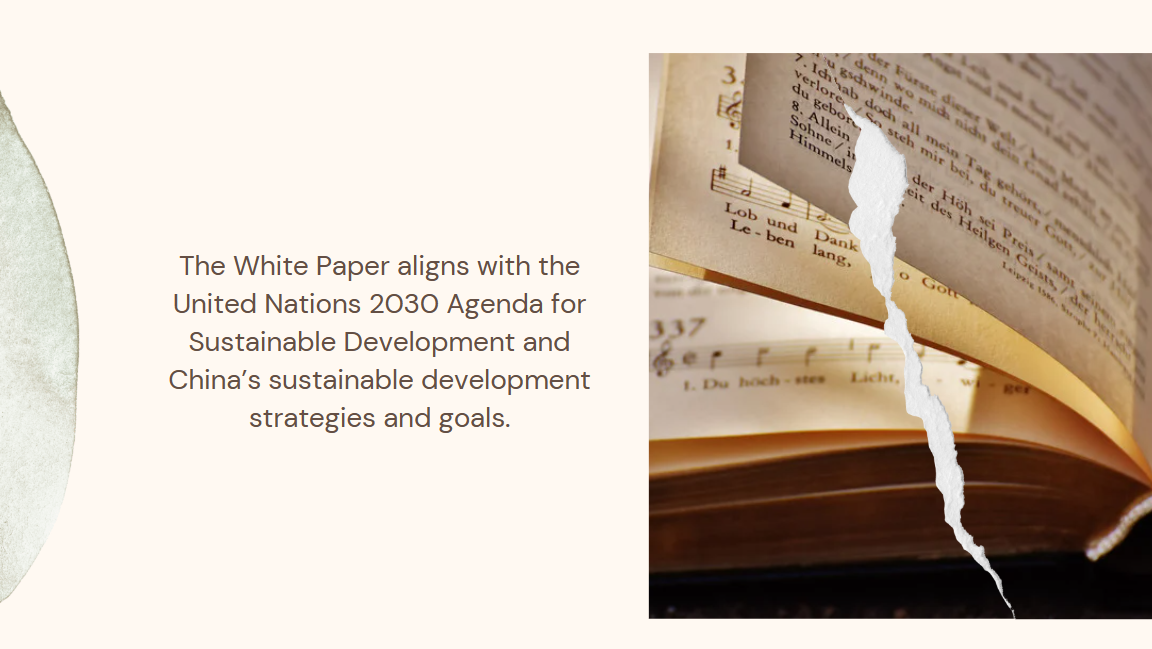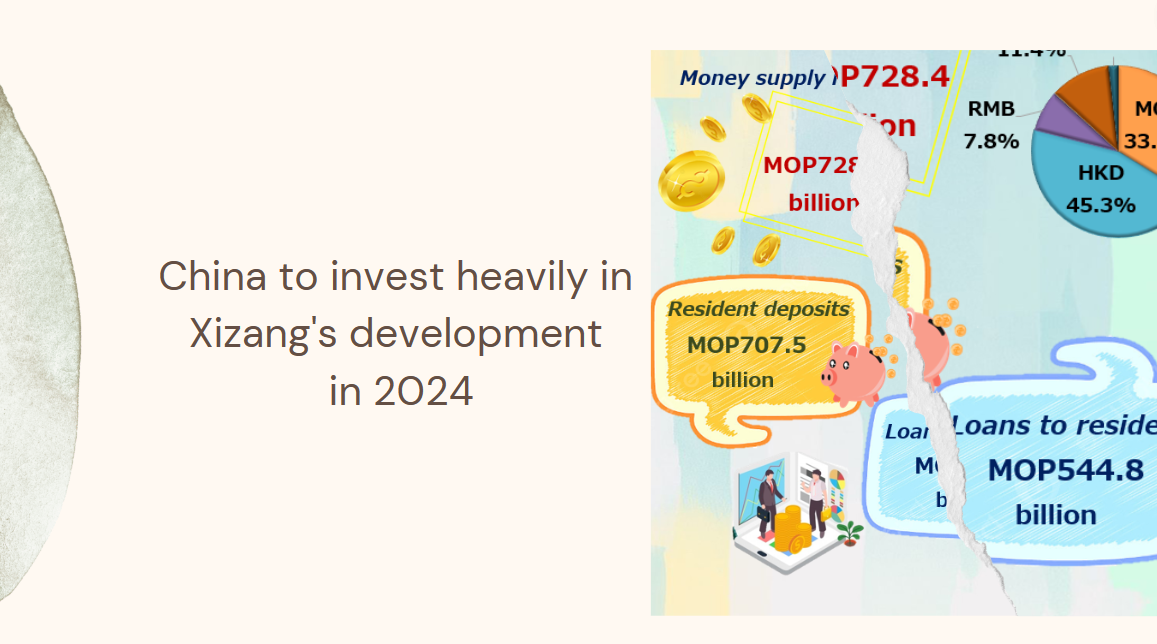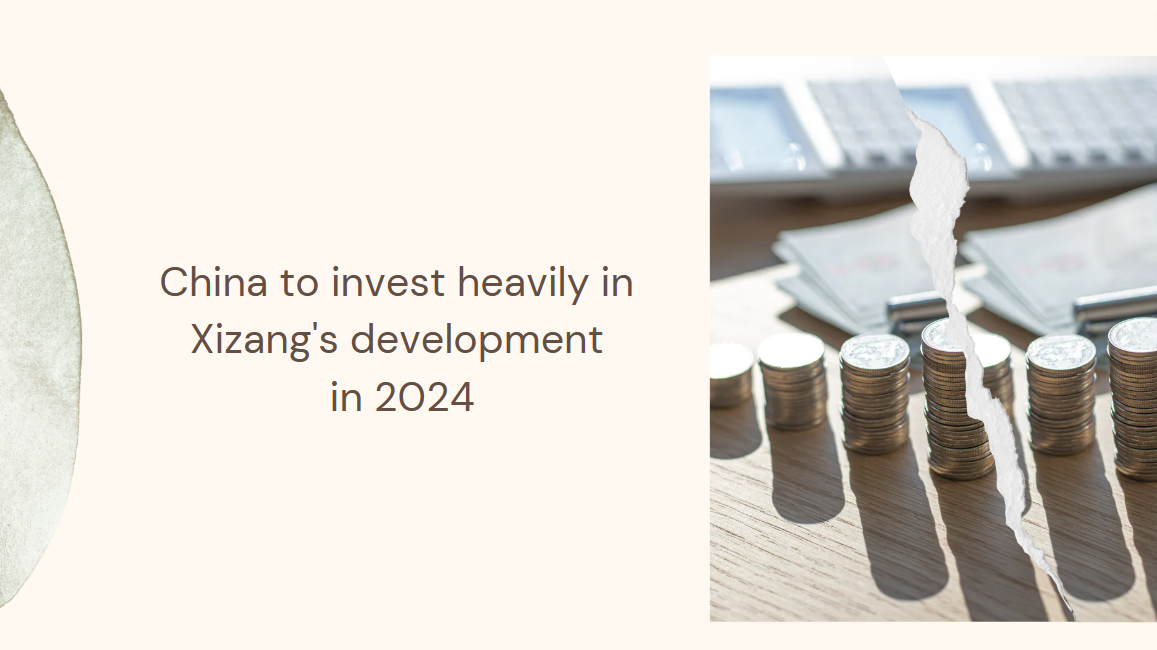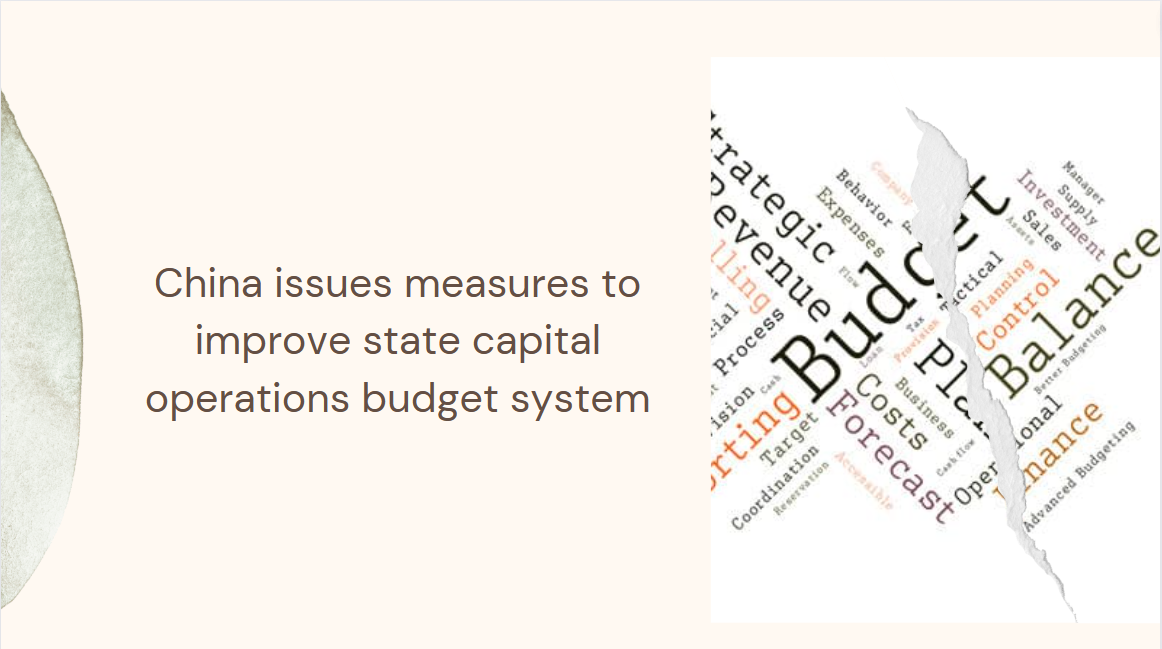Kazuo Ueda: Wages and prices - past, present, and future
Introduction
It is a great honor to have this opportunity to address such a distinguished gathering of business leaders in Japan today.
Last year in his speech at the Keidanren meeting, former Bank of Japan Governor Kuroda pointed out that we were "approaching a critical juncture in breaking out of the prolonged period of low inflation and low growth." Looking back on 2023, it was indeed a year that saw moves toward a transition. Japan's economy has turned to a moderate recovery, mainly reflecting the normalization of economic activity and a waning of supply-side constraints, and the output gap has improved to around 0 percent. Japan's inflation rate, measured in terms of the consumer price index (CPI), has continued to exceed 2 percent. This is mainly due to a pass-through of the past rise in import prices to consumer prices, but with economic improvement, some changes have been seen in firms' wage- and price-setting behavior. Given these changes, the likelihood of Japan's economy getting out of the low-inflation environment that it has been in over the past 25 years and achieving the Bank's price stability target of 2 percent in a sustainable and stable manner seems to be gradually rising.
Today, I would like to talk about recent price and wage developments, which are closely related. In assessing the current situation of wages and prices and predicting their future, it is essential to consider the issue of why the situation in which wages and prices do not increase easily has continued to this day. Therefore, let me begin with reflections on the past.






















































First, please LoginComment After ~